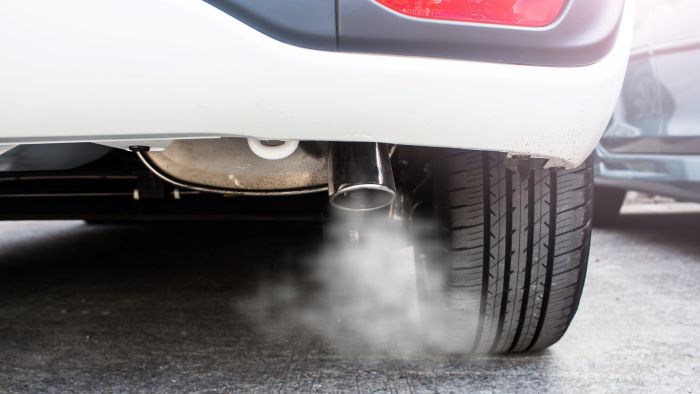The government wants to force a clear acceleration in the transition to electric driving from 2027. One of the most discussed measures in this regard is the introduction of a new pseudo-final tax of 52% for employers who make company cars with CO₂ emissions available for private use. This plan, which will be part of the 2026 Tax Plan, should ensure that fossil business cars become less financially attractive and that electric driving becomes the norm more quickly.
New 52% tax on company cars: what will change
The government wants to force a clear acceleration in the transition to electric driving from 2027. One of the most discussed measures in this regard is the introduction of a new pseudo-final tax of 52% for employers.










